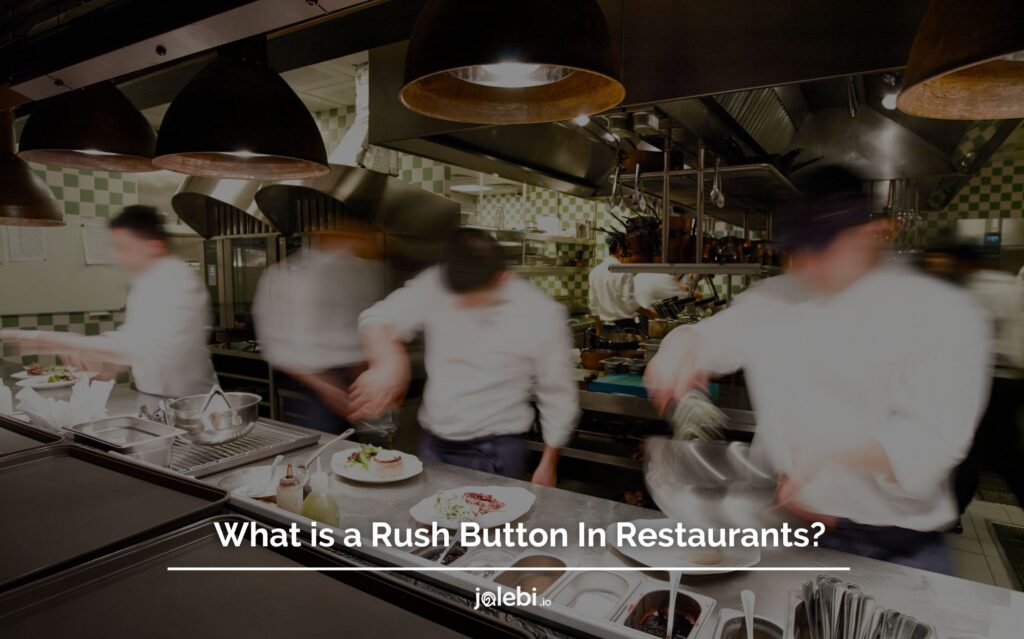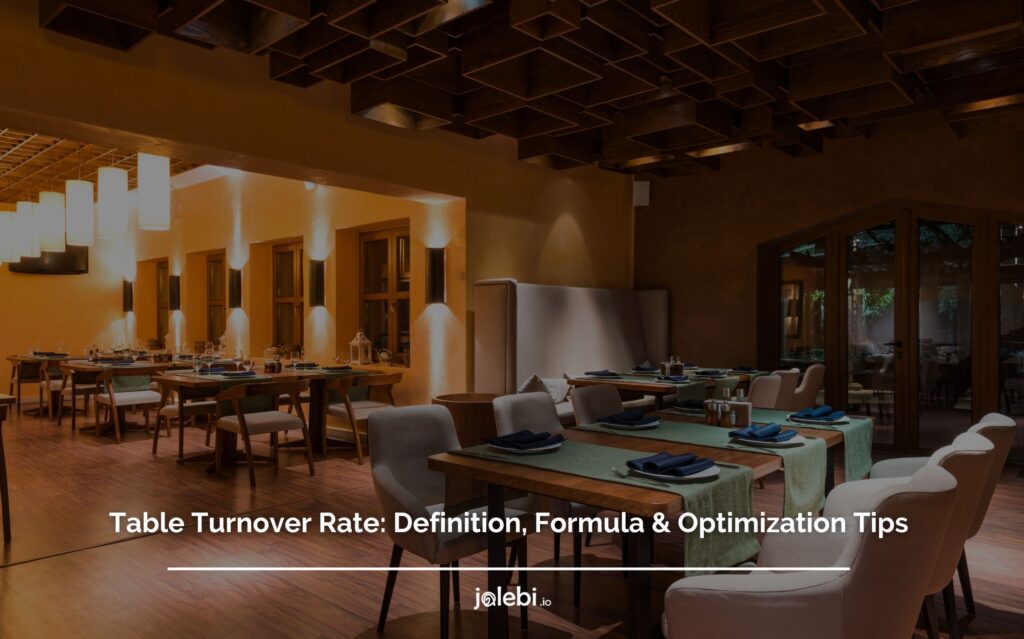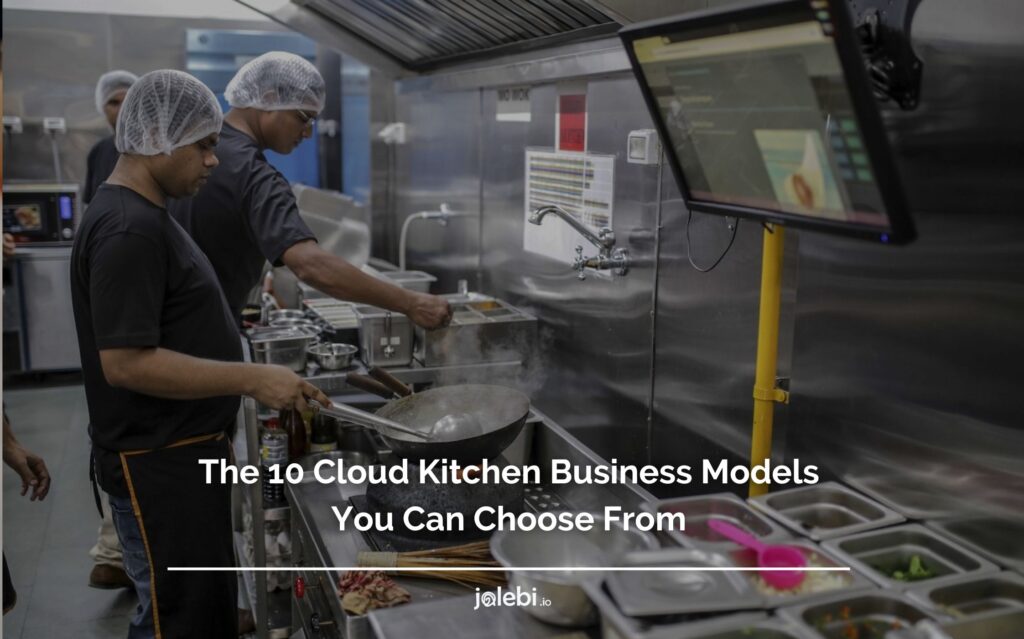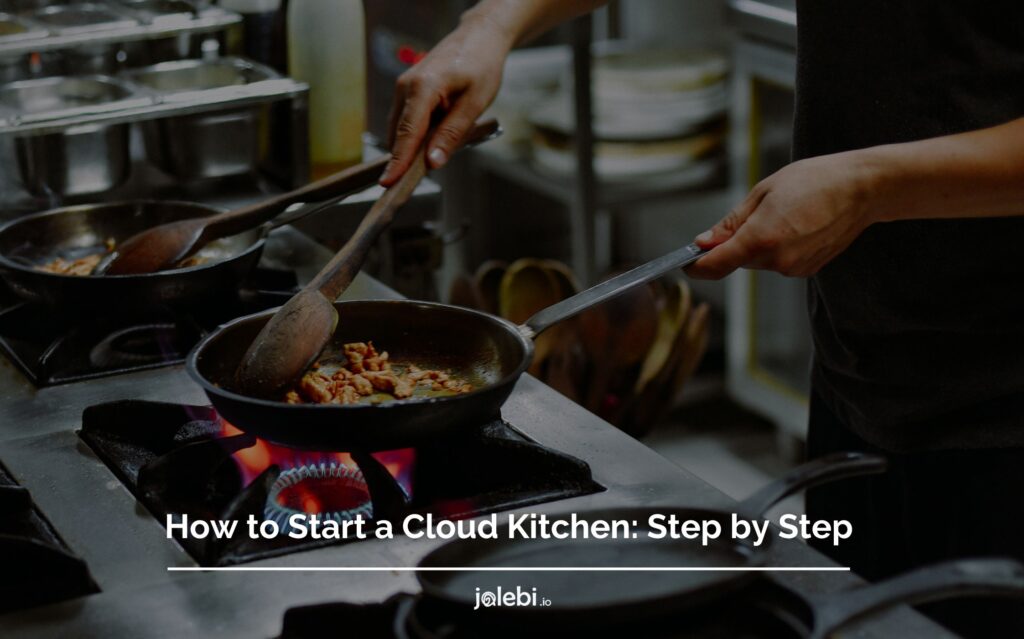Table of Contents
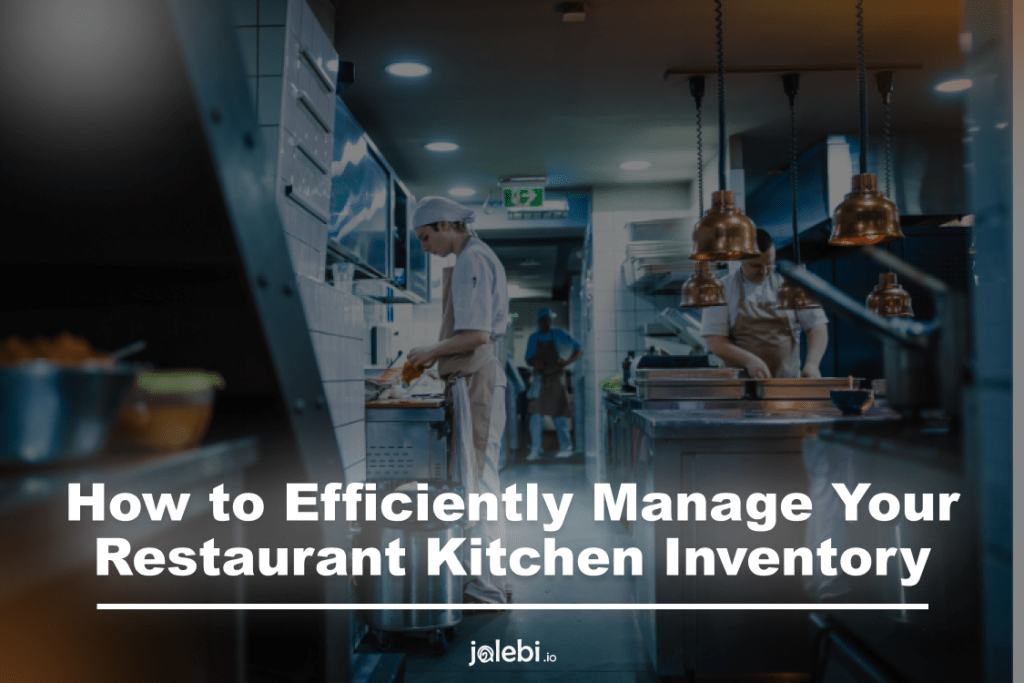
Juggling plates isn’t the only challenge restaurant owners face. Wrangling inventory is a constant battle, often resulting in wasted food, frustrated customers, and shrinking profits.
Sound familiar? You’re not alone.
A whopping 10% of restaurant revenue is lost to food waste, largely due to inefficient inventory management. This translates to an average of $16,000 annually for a single independent restaurant!
But fear not, weary restaurateur!
Smart inventory management strategies can transform this chaotic battleground into a smooth-running system that pleases both your wallet and your patrons.
This blog post dives deep into the most effective tactics to conquer your inventory woes and optimize your operation.
Here’s a taste of what you’ll learn:
– Precise forecasting: Ditch the guesswork and predict ingredient needs based on data-driven sales trends and seasonal fluctuations. This reduces overstocking by 20%, minimizing waste and freeing up valuable storage space.
– Par-level magic: Discover the magic formula for maintaining ideal stock levels for each ingredient. No more frantic last-minute orders or disappointed customers facing menu item unavailability.
– Tech to the rescue: Embrace restaurant inventory management software. These automated heroes track usage, generate purchase orders, and even send low-stock alerts, saving you precious time and reducing human error.
– Waste not, want not: Implement creative measures to minimize food waste. Get creative with leftover ingredients, portion control with precision, and train staff on proper storage and handling techniques.
By implementing these strategies, you’ll unlock a treasure trove of benefits:
– Reduced food waste: Save thousands on wasted ingredients and contribute to a more sustainable planet.
– Happier customers: Eliminate menu item disappointment and ensure consistent quality with readily available ingredients.
– Boosted profits: Streamlined inventory management translates to lower costs and higher margins, putting more money back in your pocket.
– Less stress, more success: Ditch the inventory anxiety and focus on what you do best – creating culinary masterpieces and delivering exceptional dining experiences.
So, grab your spatula and a healthy dose of determination, and let’s transform your inventory from foe to friend. This blog post is your roadmap to success, packed with actionable tips and insights to help you achieve restaurant inventory mastery.
Ready to take control and watch your profits soar? Dive in and discover the power of smart restaurant inventory management!
What Is Considered Inventory in a Food and Beverage Service?
In the bustling realm of food and beverage service, the concept of inventory extends far beyond just the edibles on your plate.
It encapsulates everything that facilitates a delightful dining experience for customers.
- Food
From the vibrant explosion of spices to the grains and pulses, the myriad range of refreshments, and even the very last bit of garnishing on your plate, everything contributes to the food inventory.
- Equipment
It’s not just about the raw ingredients, but also the very tools that cook and present them – the robust cookware, the delicate chinaware, and the shining cutlery.
- Waiters
Moreover, it’s not just what’s on your table, but also who’s serving it to you – the friendly waiting staff, in their crisp uniforms, becomes part of the inventory too.
- Linens
Speaking of non-food items, the inventory extends to the elegant linens that grace the tables, adding a touch of sophistication to your dining ambiance.
In essence, the concept of inventory in the food and beverage service industry is an orchestra of elements working in harmony to provide you with an unforgettable culinary experience.
Therefore, industry experts often suggest managing inventory by categorizing it into specific classes like food, beverages, and non-food items for efficient operation.
How Much Food Inventory Should a Restaurant Carry?
A restaurant’s inventory should ideally be less compared to many other businesses as the ingredients they handle are predominantly fresh.
Some non-perishable goods, such as canned food or staples like flour, sugar, and rice, can be stored for longer periods due to their extended shelf life.
However, fresh items, due to their quality and safety requirements, should ideally be refreshed within a week.
To effectively manage your inventory, determine your monthly turnover. This can be achieved by dividing the total cost of sales for a month by the average value of the inventory in hand.
For instance, if your monthly expenditure is $24,000, you would divide this by six to calculate the lower limit of the inventory value you should maintain, which comes to $4,000.
Then, by dividing it by four, you can ascertain the upper limit, which in this case is $6,000.
This calculation is based on the principle that most of your food inventory should be cycled through or ‘turned over’ four to six times each month.
If the value of your existing inventory falls outside this range, it may suggest you have an imbalance – either too much or too little inventory.
Three Reasons Why Restaurant Inventory Management is Indispensable

A restaurant inventory lists all the food, drinks, and other supplies a business has on hand. It’s critical for restaurants to keep track of their inventory because it directly affects their bottom line.
Inventory management can help restaurateurs save money, avoid waste, and keep their customers happy when done correctly. Here are three reasons why restaurant inventory management is crucial.
1. Enables Restaurants to Save Money
Restaurants rely on suppliers for most of their supplies, from food and drink to tableware and linens. By keeping track of what they have in stock, restaurants can avoid ordering too much or too little from their suppliers. This saves the business money and ensures they always have the necessary supplies.
2. Helps Restaurants Avoid Waste
Proper inventory management can help restaurants avoid wasting food and other supplies related to the first point. This is important not only from a financial standpoint but also from an ethical standpoint.
No one wants to see perfectly good food go to waste, and by keeping track of their inventory, restaurants can ensure that this doesn’t happen.
3. Results in Customer Satisfaction
Another important reason why restaurant inventory management is so important is that it helps keep customers happy. If a restaurant runs out of a popular dish or drink, it’s bound to disappoint its customers.
By keeping track of their inventory, restaurants can avoid these situations and ensure that their customers always have a positive experience.
In short, restaurant inventory management is essential for any business in the food industry. It helps businesses save money, avoid waste, and keep their customers happy. Any restaurateur who wants to be successful should ensure a sound inventory management system.
When To Manage Restaurant Inventory?
If you are a restaurant owner, knowing when to manage restaurant inventory is crucial for the efficient operation of any restaurant.
- Delivery Frequency
Firstly, when to manage restaurant inventory can be influenced by the frequency of your inventory deliveries.
If your restaurant receives stock daily, it’s important to check inventory levels daily to ensure you follow the FIFO method and use the old stock first.
- Inventory Perishability
When to manage restaurant inventory is also determined by the perishability of items.
For inventory that has short shelf lives, such as seafood, fresh produce, or dairy, daily inventory checks are essential to prevent waste and ensure food safety.
- Peak Seasons
Before any significant restaurant event or a local festival, extra inventory checks can be beneficial to guarantee there’s enough stock to meet the increased demand without overstocking which can increase food waste in the long run.
Therefore understanding when to manage restaurant inventory plays a pivotal role during peak seasons or special events when restaurants are prone to being out of stock and disappointing their loyal customers.
Restaurant owners and managers can optimise costs, reduce waste, and consistently deliver the best customer service by opting for the correct times and occasions to manage inventory.
How To Set Up An Inventory System?
Now that you know why integrating an inventory management system in your restaurant operations is crucial, it is essential to see how to set up an inventory system.
Here’s an all-in-one guide on how to set up an inventory system to streamline the process for you.
- Assess Needs
Understand the specific requirements of your business to choose an inventory system that aligns with your restaurant operations.
- Choose the System
Now it is time to decide between manual and digital methods. When setting up an inventory system, consider scalability and ease of integration with other business tools.
- Categorise Inventory
Once you have stocked your inventory, remember that organising it into categories simplifies the tracking process.
By doing so, you can determine how to set up an inventory system effectively.
- Regular Audits
Make sure to conduct physical inventory counts side-by-side to ensure your system’s accuracy.
Periodic checks are pivotal in understanding how to set up an inventory system that remains reliable over time.
- Team Training
Equip your team with the knowledge and skills to use the inventory system. By doing so, you help your restaurant staff understand the importance of knowing how to set up an inventory system that’s user-friendly and efficient.
Steps To Create A Restaurant Inventory Checklist
Creating a restaurant inventory checklist is crucial to ensure the smooth functioning of your restaurant’s operations.
Here’s a step-by-step guide to help you create an effective restaurant inventory checklist.
- Make A Table
Design a table for inventory with five headers. Label them: product, measurement unit, present quantity, price per unit, and overall expense.
- Categorize The Inventory
Arrange each product in separate rows within the inventory table that you have just created. It might be helpful to categorize similar items together, such as grouping all types of meat.
- Assign SKU/Item Numbers
It is important that each item present in your restaurant inventory checklist is tracked easily, so don’t forget to assign a unique stock-keeping unit (SKU) or item number.
- Document Shelf Life and Expiry Date
There must be certain perishable items in your restaurant inventory, it is essential to ensure that your restaurant inventory checklist includes shelf life and expiry dates for those items.
By doing this, you will be able to reduce waste and ensure food safety.
- Integrate Staff Training Sessions
Train staff on how to use the inventory checklist in an organized way. Proper usage ensures that the list remains an effective tool for inventory management.
- Reconciliation
Reconcile your inventory checklist from time to time with actual purchases and usage data.
As you start reviewing and reconciling your checklist regularly, you will be able to highlight discrepancies and areas where wastage might be occurring.
- Determine Par Levels
For each item on your inventory checklist, set a par level. The par level is the minimum quantity you should have on hand at all times to ensure the smooth functioning of restaurant operations.
When stock reaches below the par level, it’s a sign to restock inventory.
Try jalebi.io FREE For 90 days
Get your demo booked now to get onboarded
All-In-One Guide On How To Manage Restaurant Inventory

Are you wondering how to manage restaurant inventory to streamline your operations and boost restaurant sales?
Restaurant kitchen inventory management is a process that restaurant managers use to provide enough food to meet customer demand while minimizing waste.
An efficient restaurant inventory management software can help restaurant owners and managers save time and money and improve the quality of their food.
If you’re wondering how to manage restaurant inventory efficiently, read the following eight tips.
1. Keep Track of Inventory
Restaurant kitchen inventory management is a crucial part of any restaurant’s operation.
By keeping track of inventory, restaurant managers can ensure they have the supplies they need on hand and avoid overstocking, which can lead to wasted food and money.
There are a few key things to remember when tracking restaurant inventory.
- Identify the items most important to your restaurant’s operation, such as food items, cooking supplies, and tableware.
- Next, track how much of each item you have on hand and how quickly it is being used.
- Finally, establish a system for ordering new supplies to keep your restaurant stocked without wasting money on excess inventory.
By following these steps, you can ensure that your restaurant runs smoothly and efficiently.
With jalebi.io’s restaurant inventory management software, you can integrate the inventory at hand with the restaurant’s menu.
This way, you can always know what ingredients you need to order, and you can avoid costly errors.
2. Follow a Schedule
As any restaurant owner knows, maintaining a well-stocked kitchen is essential to keeping customers happy.
However, keeping track of inventory can be time-consuming and daunting, so how to manage inventory in restaurants? One way to simplify the process is to create a schedule for checking inventory levels.
The frequency of checks should depend on the type of ingredient; perishable items like produce should be checked daily, while non-perishable items like spices can be checked weekly.
At jalebi.io, we offer a variation option in inventory management that focuses on the type of ingredients and makes the division easier.
By creating a regular schedule, restaurant owners can ensure that their kitchen is always well-stocked without spending too much time on inventory management.
3. Use the Weighted Average Method
Are you wondering how to manage restaurant kitchen inventory? Try leveraging the weighted average method.
It is one of the best restaurant inventory management tips that can be very beneficial in inventory management because it offers periodic and perpetual inventory methods, giving the owner more flexibility. This system can be adapted to restaurants of different sizes and types.
For example, a small fast-food restaurant might use a simplified weighted average system that only considers raw materials. In contrast, a large sit-down restaurant might consider all ingredients in its weighted average method.
The essential thing is that the owner understands how the system works and how it can benefit their business.
When used correctly, the weighted average system can be a powerful tool for managing restaurant inventory.
4. Report the Food Waste
Restaurants produce a lot of food waste. This can come from customers leaving food on their plates, spoiled food that can’t be served, or experimenting with new dishes.
While some food waste is inevitable, restaurants must manage their inventory efficiently to minimize losses.
One of the best restaurant inventory management tips is to create a food waste report.
This report can track the number of food spoils, experimental wastage, and customer leftovers.
By monitoring this information, restaurants can adjust their ordering and preparation processes to reduce wastefulness.
In addition, regular analysis of the food waste report can help identify trends and problem areas so restaurants can take further action. As a result, creating a food waste report is an effective way for restaurants to manage their inventory and reduce losses.


Save at least 5% on every order you serve with:
- Intuitive Inventory Managment
- Simpler Kitchen Operations
- Dynamic Customer Orders
- Integrated Supplier Managment
5. Use Data Analytics for Future Orders
Using data analytics in inventory management is one of the best restaurant inventory management tips to ensure your business runs efficiently.
By looking at past inventory data, you can better understand how much product you need to keep on hand to meet customer demand.
This information can be beneficial during peak periods, such as when demand is typically higher during the holiday season.
Moreover, using data analytics to forecast future orders can help you avoid stock shortages and ensure that your shelves are always well-stocked.
Ultimately, using past inventory data to guide your future ordering decisions can save your business time and money while providing your customers with the products they need.
6. Adjust Your Product Mix
In the culinary world, keeping up with changing tastes and trends is crucial.
Understanding and adjusting your product mix accordingly can make a significant difference in managing your inventory.
This involves continually tracking the sale of different items on your menu.
You may find that some dishes sell out rapidly, while others are less popular.
Making adjustments based on these observations can help ensure that you maintain the right amount of ingredients for each item.
This prevents wastage and keeps your inventory lean and efficient.
Incorporating seasonal ingredients into your dishes can also help manage inventory as these items are often cheaper and more readily available.
Plus, it adds a freshness factor to your menu that customers often appreciate.
7. Use strategies that reduce employee theft
Employee theft can have a detrimental impact on your inventory levels and, ultimately, your bottom line.
Establishing measures to counter this involves a two-fold approach.
- Firstly, create a culture of honesty and respect, which makes it clear that theft is unacceptable.
- Next, implement practical measures such as secure storage systems, regular inventory audits, and strict control measures.
- Employing advanced technology like inventory management software can offer a transparent view of your inventory, enabling you to track the flow of goods accurately. Any discrepancies or irregularities would immediately be noticeable, thereby helping to prevent theft and manage your inventory more effectively.
8. Menu Engineering
This technique takes a data-driven approach to manage inventory.
It involves a detailed analysis of each dish on your menu in terms of its popularity and profitability.
Some dishes may be extremely popular, but their high ingredient costs could make them less profitable.
Others may not be as popular but provide a high profit margin due to lower ingredient costs.
Understanding these dynamics allows you to strategically design your menu to promote dishes that are both popular and profitable, thus maximizing your revenue.
Conversely, dishes that are less profitable can be redesigned to lower costs or, if necessary, removed from the menu.
This strategy reduces waste, keeps your inventory lean, and increases overall profitability.
By following these restaurant inventory management tips, you can ensure your restaurant never runs out of stock and continues to meet customer expectations.
How Do Restaurants Keep Track Of Inventory With Restaurant Inventory Control
Wondering how do restaurants keep track of inventory at all times using restaurant inventory control?
Now that you have complete information on how to manage kitchen inventory, let’s take a look at the steps to understand how do restaurants keep track of inventory through efficient restaurant inventory control.
- The first step for effective restaurant inventory control is to create an inventory template. This can be as simple as a list of all the items in your restaurant, or you can get more specific and includes things like quantity, unit price, and total cost.
- Once you have your template, the next step is physically counting all the items in each category.
- Finally, enter the information into your template and calculate the total cost.
By taking inventory regularly through effective restaurant inventory control measures, you’ll be able to keep track of your supplies and ensure you’re always stocked up.
Now that you know how do restaurants keep track of inventory, make sure you regularly take inventory and never disappoint your customers.
Manage Your Restaurant With jalebi.io’s Inventory System For Restaurants
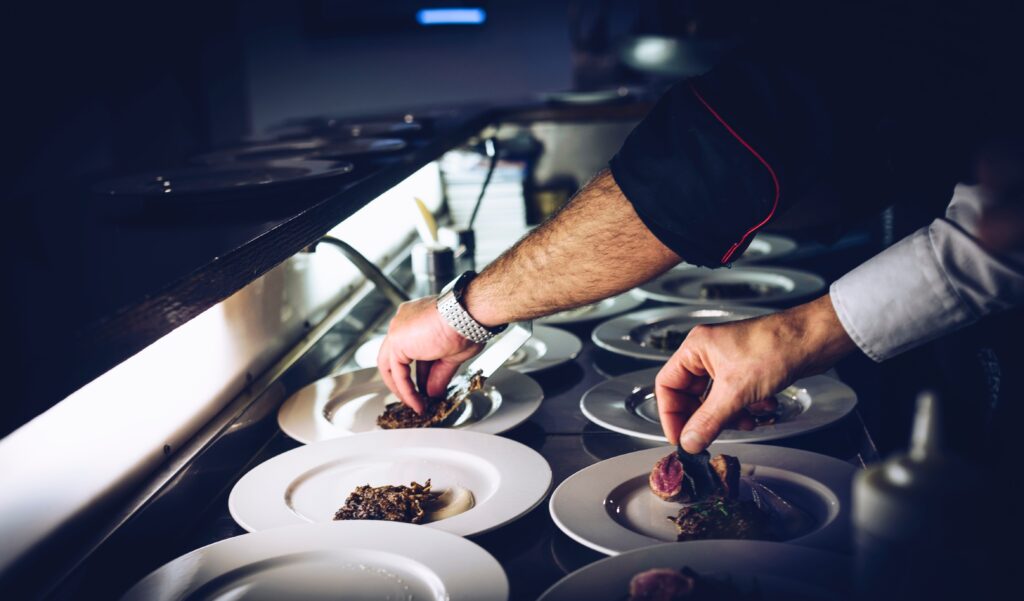
At jalebi’s inventory system for restaurants, we understand that managing inventory is critical to running a successful restaurant.
That’s why we’ve developed an inventory system for restaurants that can streamline and automate your operations like never before. Keep reading to find out how do restaurants keep track of inventory with jalebi.
1. Real-Time Insights
With jalebi’s inventory system for restaurant, you’ll be able to track your inventory in real time, so you’ll always know exactly what you have on hand. You’ll also be able to see which items are running low at a glance, so you can make sure you’re never caught short.
2. Menu Integration
jalebi.io’s inventory system for restaurants can help you to avoid running out of stock by integrating inventory with restaurant menus. When ordering items for your menu, the inventory management system for restaurants will automatically check to see if you have enough in stock and order more if necessary.
It can save you time and money by ensuring that you always have what you need on hand, and it can also help to reduce food waste.
3. Synced Recipes
Wondering how to manage inventory in restaurants with jalebi’s recipe features?
With jalebi.io, you can stay on top of your food game. It lets you sync your recipes with your menu in real time, so you always know what’s being served and how much was consumed, which allows you to manage inventory efficiently.
Not only does it help you to save time and energy, but it also allows you to track trends and optimize your offerings. Try our inventory management system for restaurants today!
So if you’re looking for a better way to manage your inventory, look no further than jalebi’s inventory system for restaurants. We can help you to streamline your operations and improve your bottom line in no time. Contact us today for more information.
Frequently Asked Questions
- How do you maintain kitchen inventory?
Maintaining kitchen inventory is a combination of routine checks, record keeping, and effective communication.
Conduct regular audits of your inventory, ideally on a daily or weekly basis, to ensure accurate counts and to avoid any discrepancies.
Develop a consistent system for keeping records, which can be done manually but is often more effective and time-efficient using digital tools or restaurant inventory management software.
Communicate regularly with your staff about the importance of inventory management,
encourage them to report any issues promptly, and involve them in the inventory audit process.
This can help identify potential areas of waste, theft, or other issues that could be impacting your inventory levels.
- What is the best inventory method for restaurants?
The most recommended inventory method for restaurants is the First-In, First-Out (FIFO) approach.
This method ensures that ingredients that were stocked first are used before those that were stocked later.
This helps to minimize food waste due to spoilage and keeps the inventory fresh.
It’s also essential to regularly track and monitor your inventory levels, ideally through a digital system that can provide real-time updates and help identify trends in usage.
Depending on the size and nature of your restaurant, you may also want to consider implementing a perpetual inventory system, which updates inventory levels after each transaction and can provide a more accurate and up-to-date snapshot of your stock.
- How can I make my restaurant kitchen more efficient?
Efficiency in a restaurant kitchen can be achieved through careful planning, staff training, and effective use of technology.
Layout and design of the kitchen should promote flow and minimize unnecessary movement.
Staff should be well-trained not only in their specific duties but also in the overall operation of the kitchen, including inventory management software for restaurants, to ensure smooth shifts and minimize waste.
Utilize technology where possible – for instance, kitchen display systems can streamline communication between the front and back of house, while inventory management software can automate tracking and ordering processes.
Regularly review your processes and be open to feedback from staff to identify areas for improvement and make necessary adjustments.
Try jalebi.io FREE For 90 days
Get your demo booked now to get onboarded



